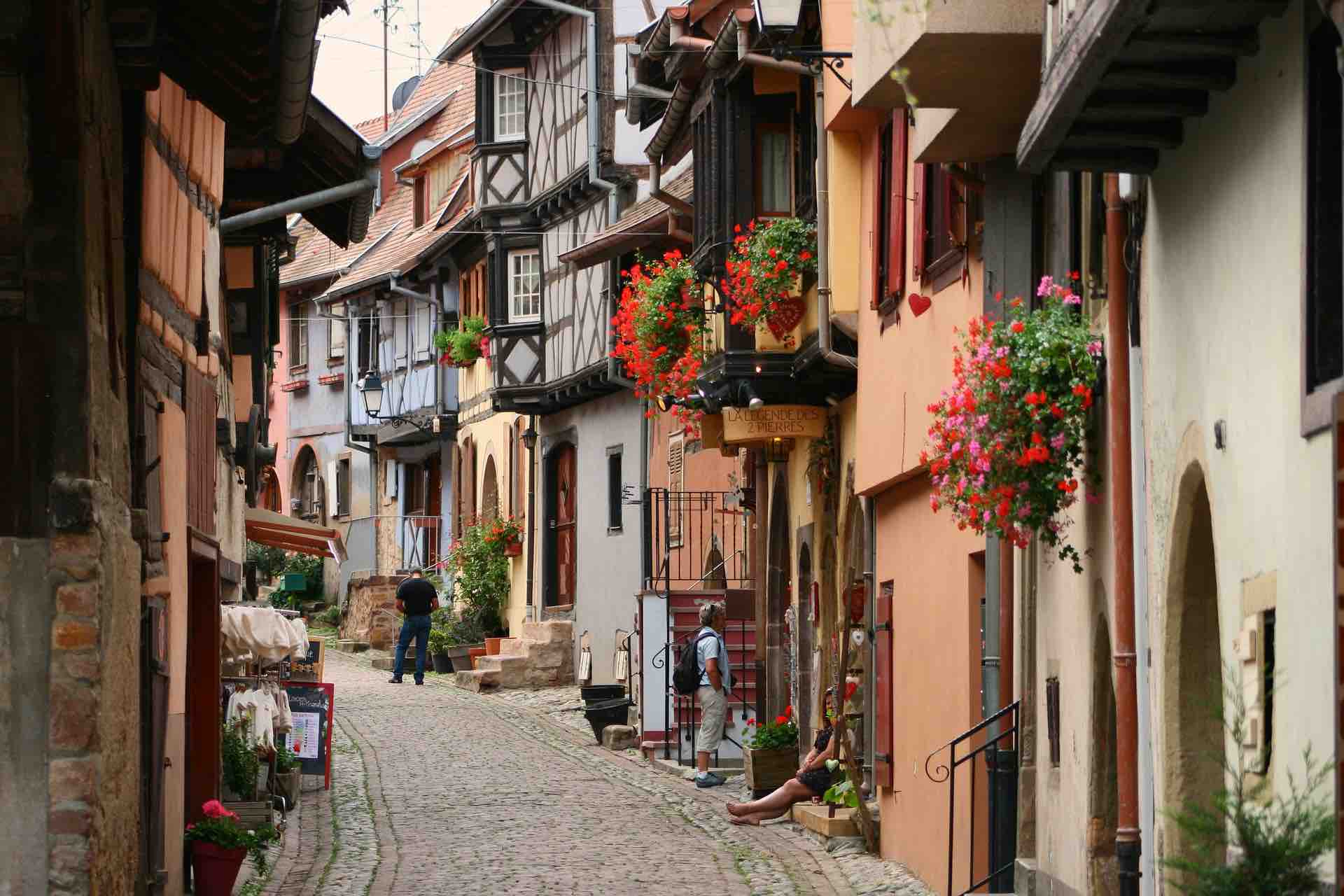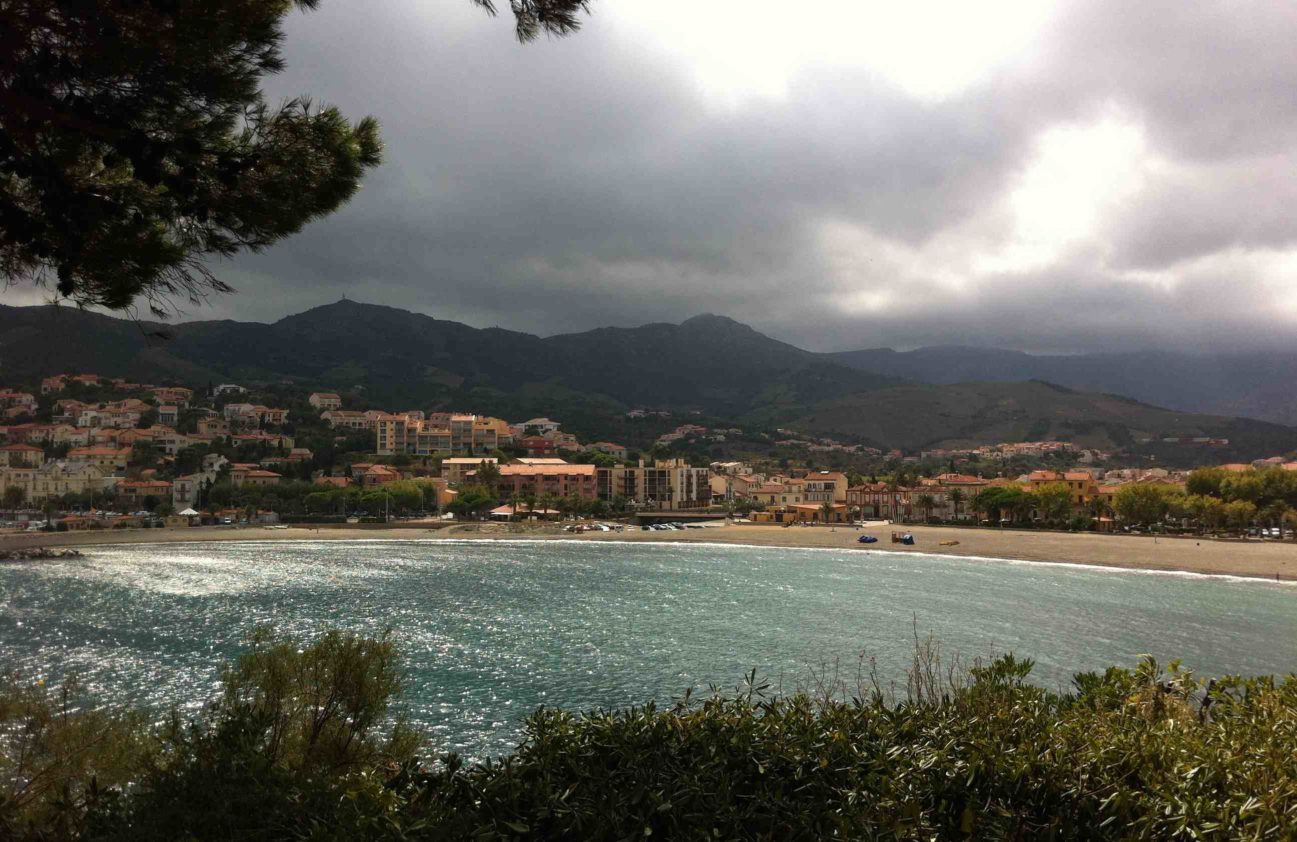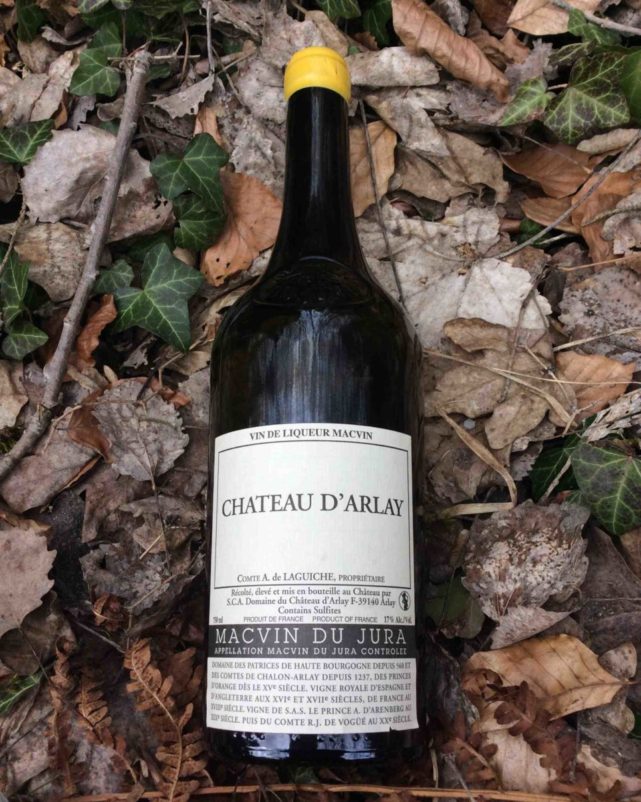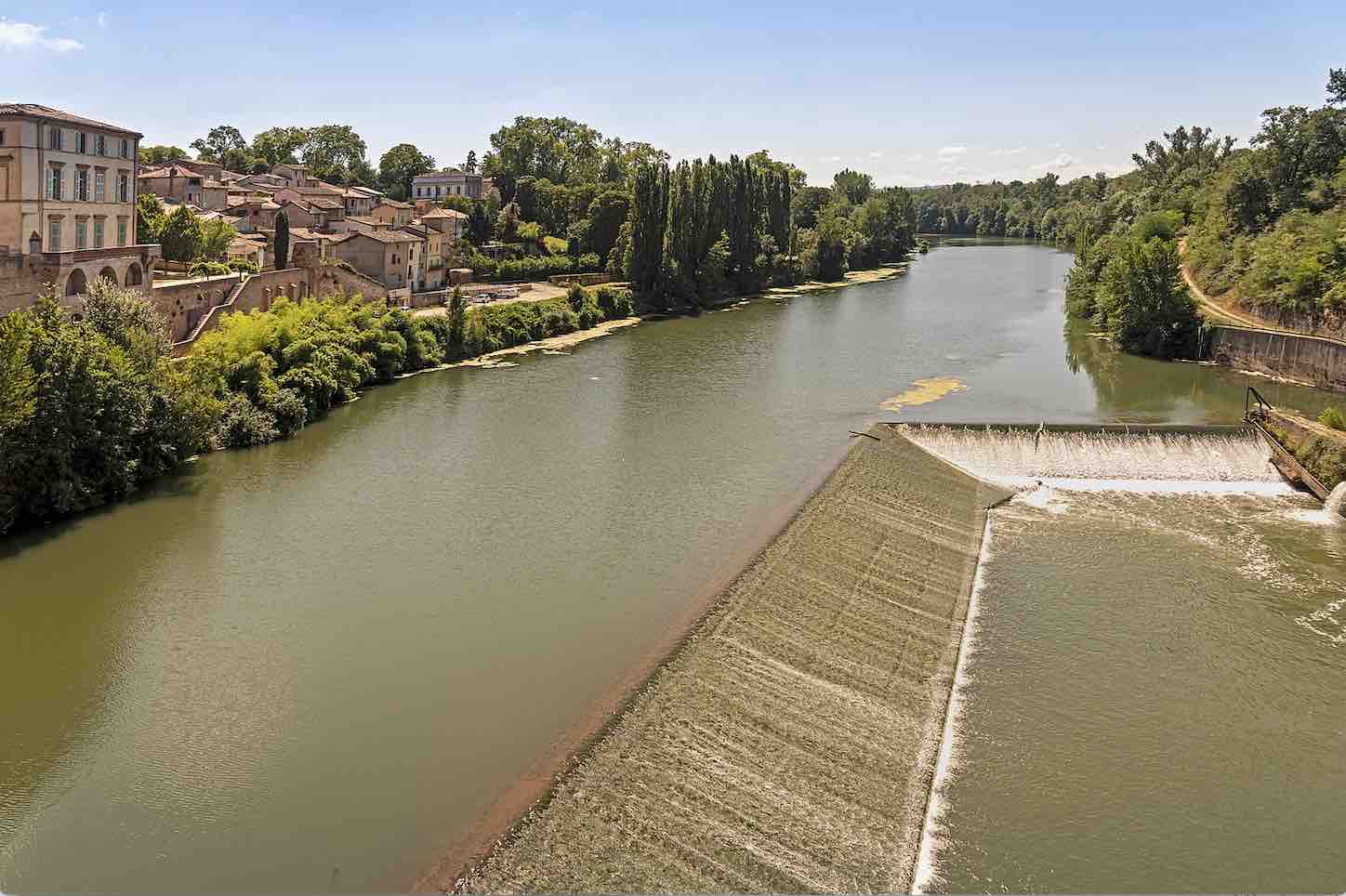
Gaillac is located in the center of the southwestern French wine-growing region of the same name, from which the sweet wine tasted this time comes. The wine-growing region north-west of Toulouse, on the Tarn – with 9,000 hectares of vineyards and around a third of which are appellations – is characterized above all by its often regionally autochthonous grape varieties and the range of wine styles.
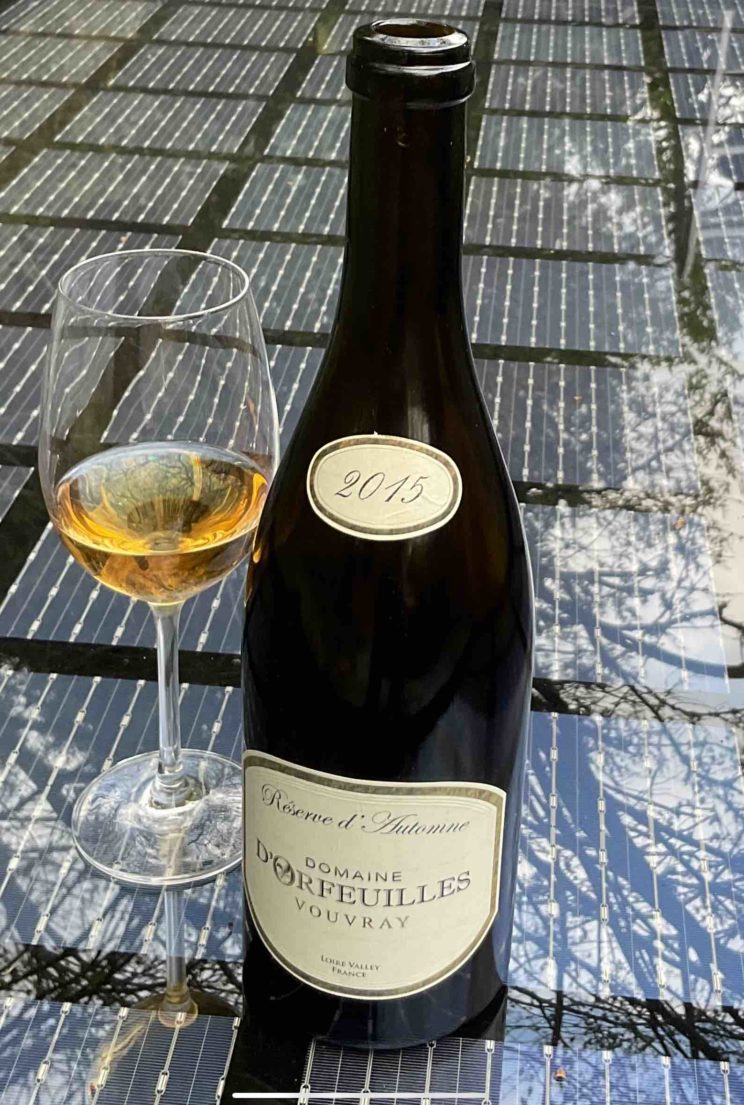 Clay and gravel soils and lots of porous tuffeau, a type of sandstone enriched with sea deposits and with good drainage, dominate the vineyards in Vouvray. In the appellation not far from Tours on the Loire, there is a climate that might be described as cool and
Clay and gravel soils and lots of porous tuffeau, a type of sandstone enriched with sea deposits and with good drainage, dominate the vineyards in Vouvray. In the appellation not far from Tours on the Loire, there is a climate that might be described as cool and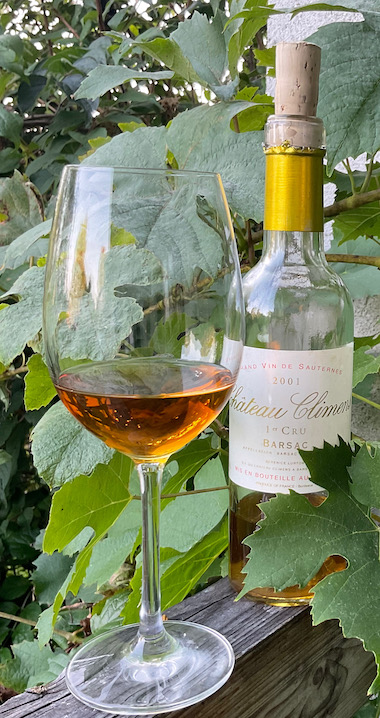
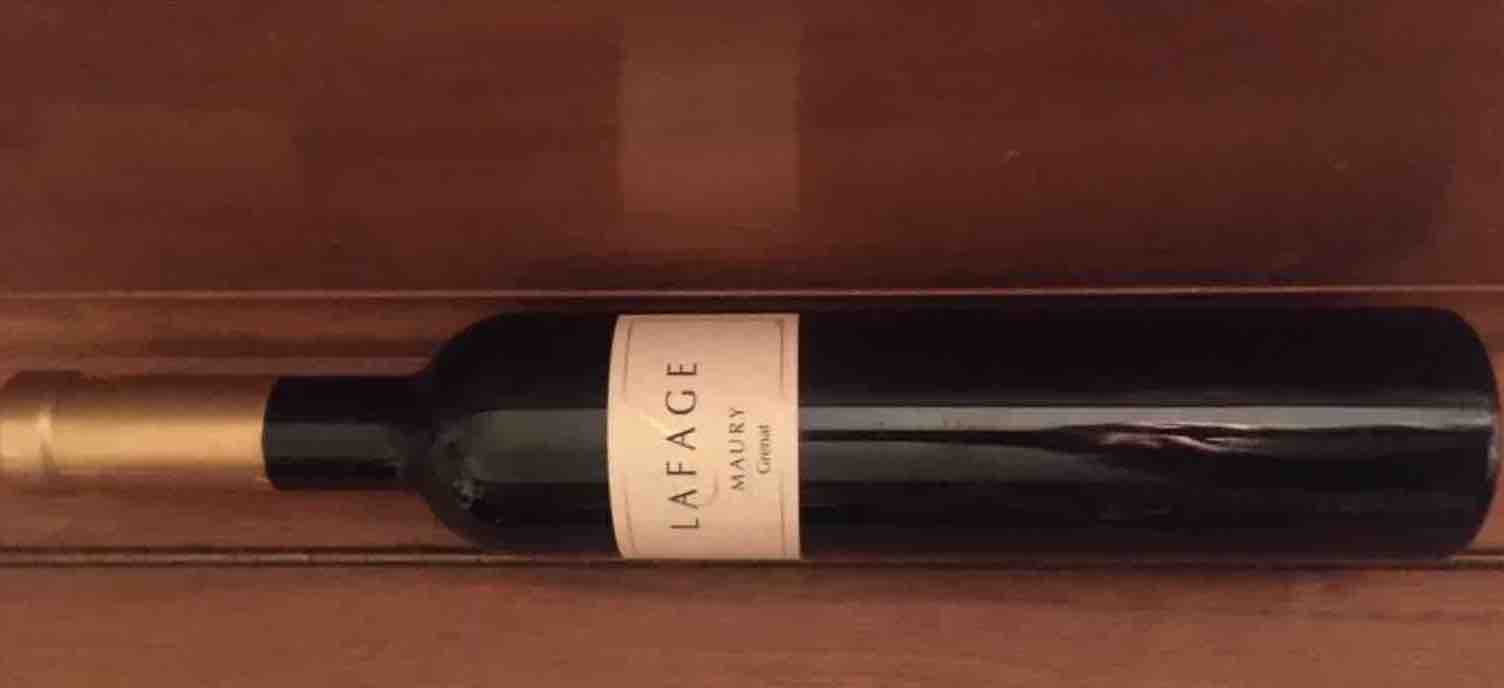
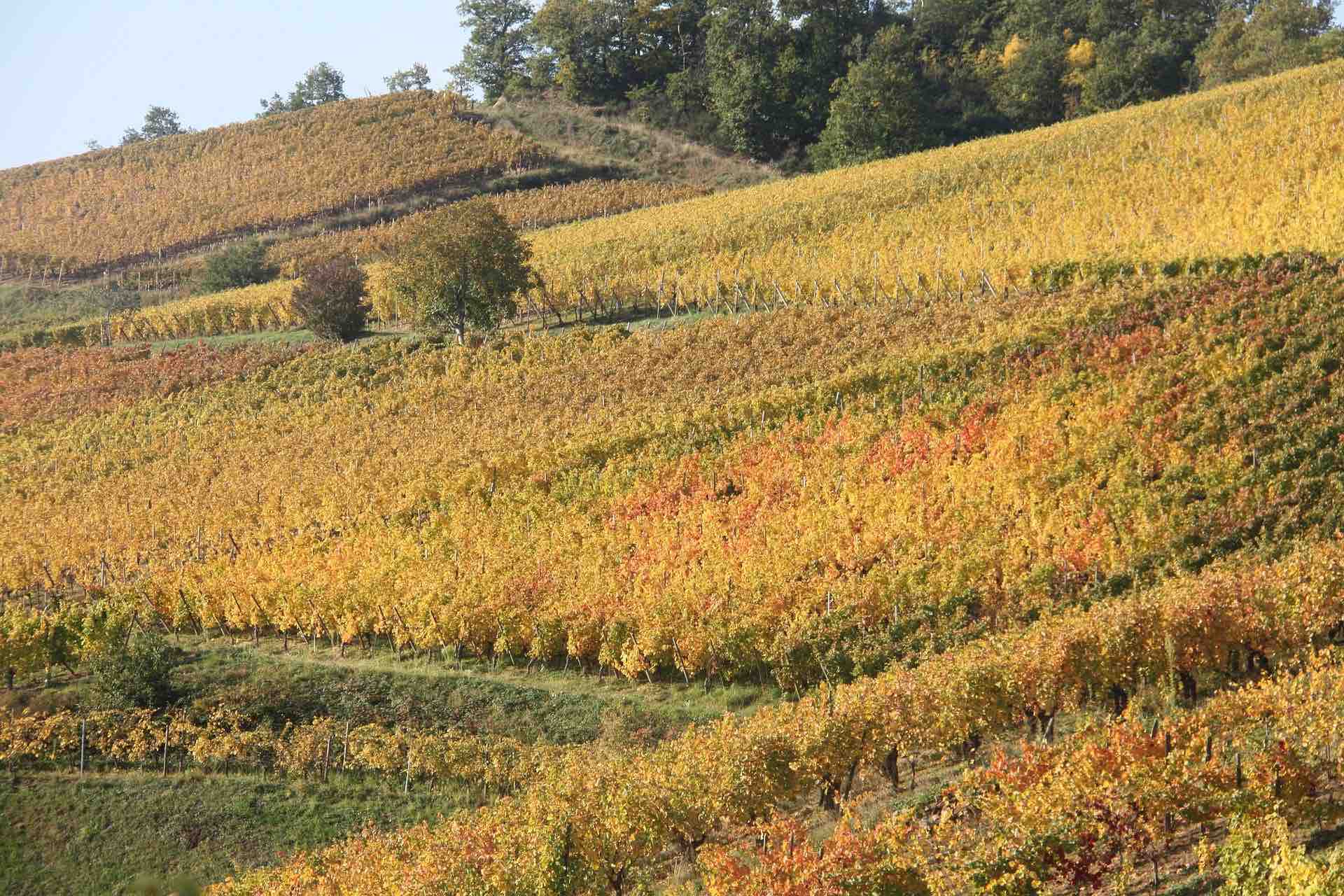
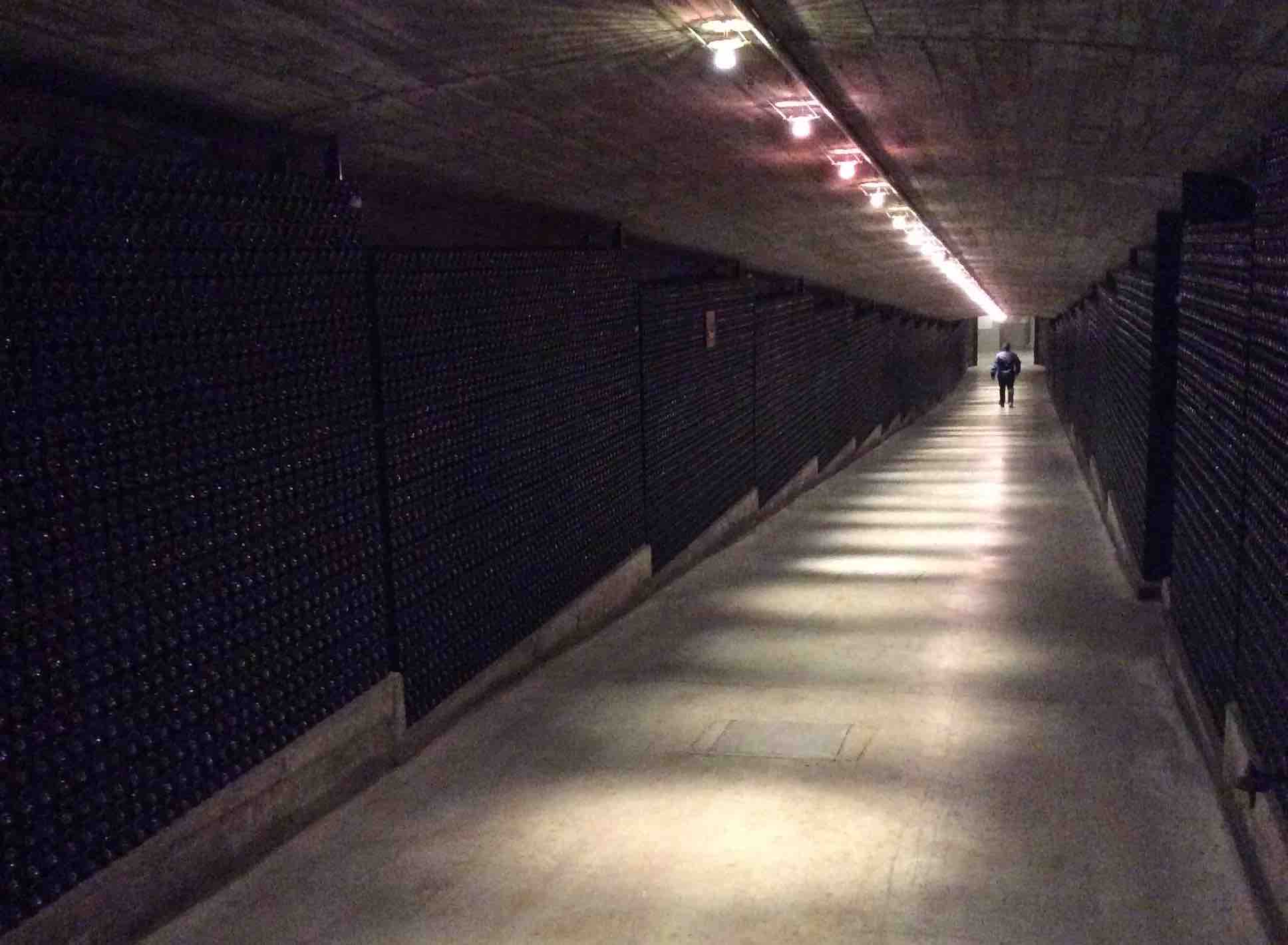 There are wine cellars in which a lot of old vintages are stored, such as at Rioja Alta, at the Terlan winery in South Tyrol or at Vignobles Touchais on the Loire. There, in their extensive underground cellars, 1 – 2 million bottles are stored, dating back to the early 19th century. It was around this time that the Vignobles Touchais winery, founded in Doué-en-Anjou in the heart of the Coteaux du Layon, began to produce sweet wine from the Chenin Blanc grape variety common on the Loire. Thirty-five of the vineyard’s 150 hectares are used to produce sweet wines. The resulting Moulin Touchais, a Coteaux du Layon, is known for its complexity and longevity. We tasted a Moulin Touchais from Hans’ inventory in 1985 that is a testimonial to this longevity.
There are wine cellars in which a lot of old vintages are stored, such as at Rioja Alta, at the Terlan winery in South Tyrol or at Vignobles Touchais on the Loire. There, in their extensive underground cellars, 1 – 2 million bottles are stored, dating back to the early 19th century. It was around this time that the Vignobles Touchais winery, founded in Doué-en-Anjou in the heart of the Coteaux du Layon, began to produce sweet wine from the Chenin Blanc grape variety common on the Loire. Thirty-five of the vineyard’s 150 hectares are used to produce sweet wines. The resulting Moulin Touchais, a Coteaux du Layon, is known for its complexity and longevity. We tasted a Moulin Touchais from Hans’ inventory in 1985 that is a testimonial to this longevity.